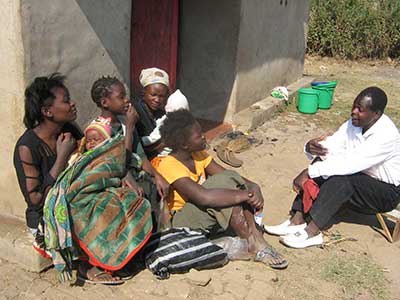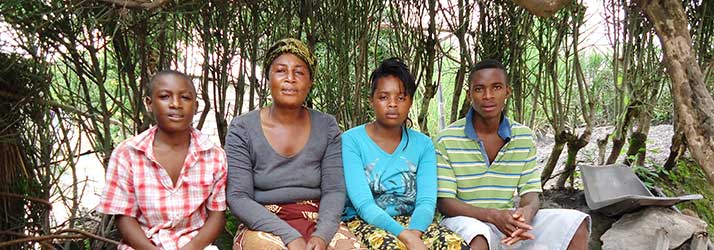Like its neighbours, Zambia was devastated by the dual epidemic of TB and HIV that swept through sub-Saharan Africa in the 1980s and 1990s. However, the country has succeeded in bringing down deaths from TB by almost half since the 1990s, during a period of political stability and economic growth.
But tuberculosis remains a deadly killer disease and HIV transmission is still high. Each day, nearly 200 people fall ill with TB — many of them HIV positive — and 47 people die from it.
TB-HIV inside and out

Community TB-HIV Advocacy
Because TB-HIV co-infection is such a huge problem in Zambia, it makes sense to tackle these conditions together. TB Alert’s Community TB-HIV Advocacy in Zambia (COTHAZ) project involved seven local NGOs working across six areas of the country, to raise awareness of TB-HIV.

- community TB awareness-raising
- local advocacy for better TB services
- national government engagement to secure funding and support for improved TB services.

